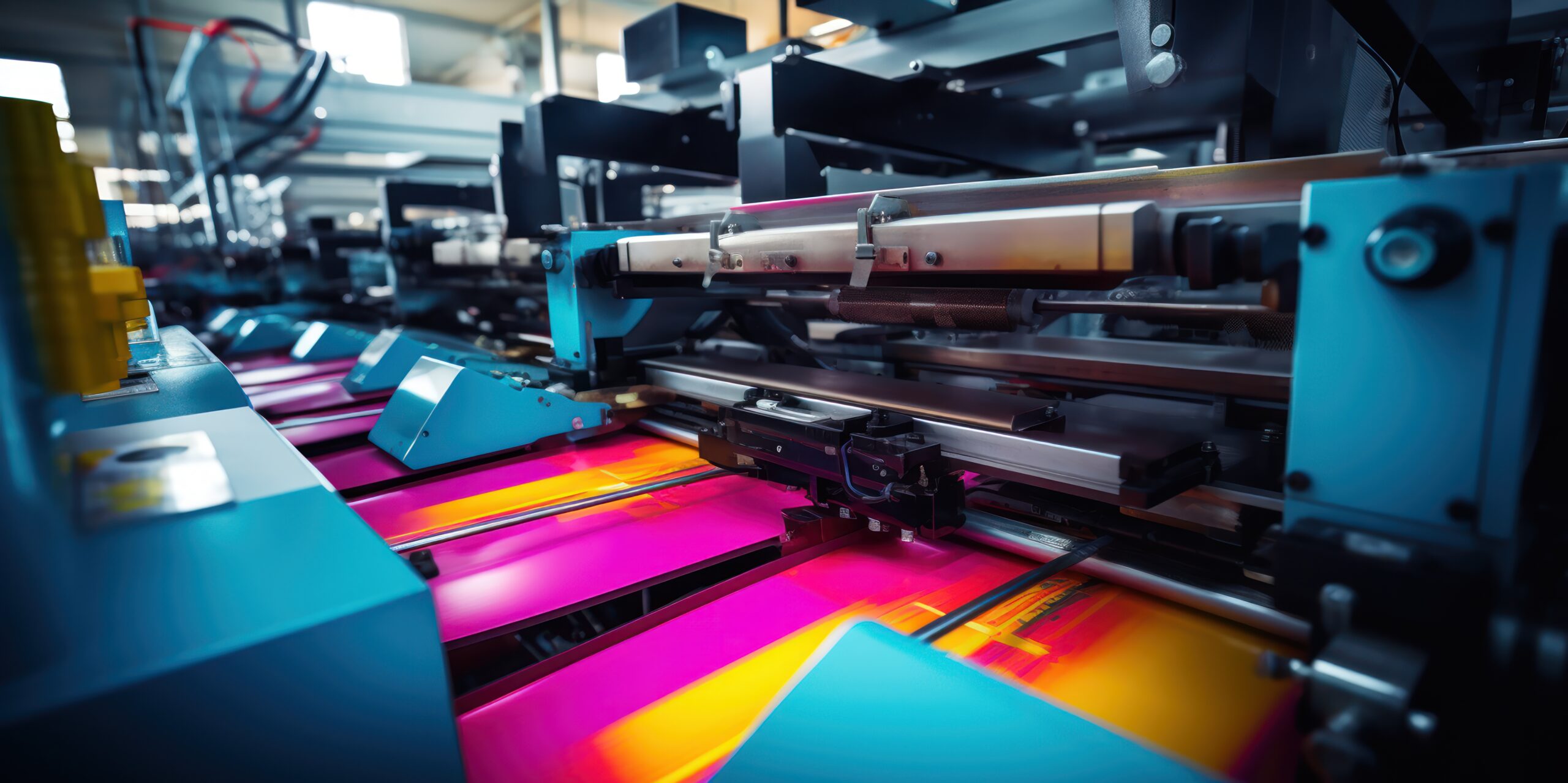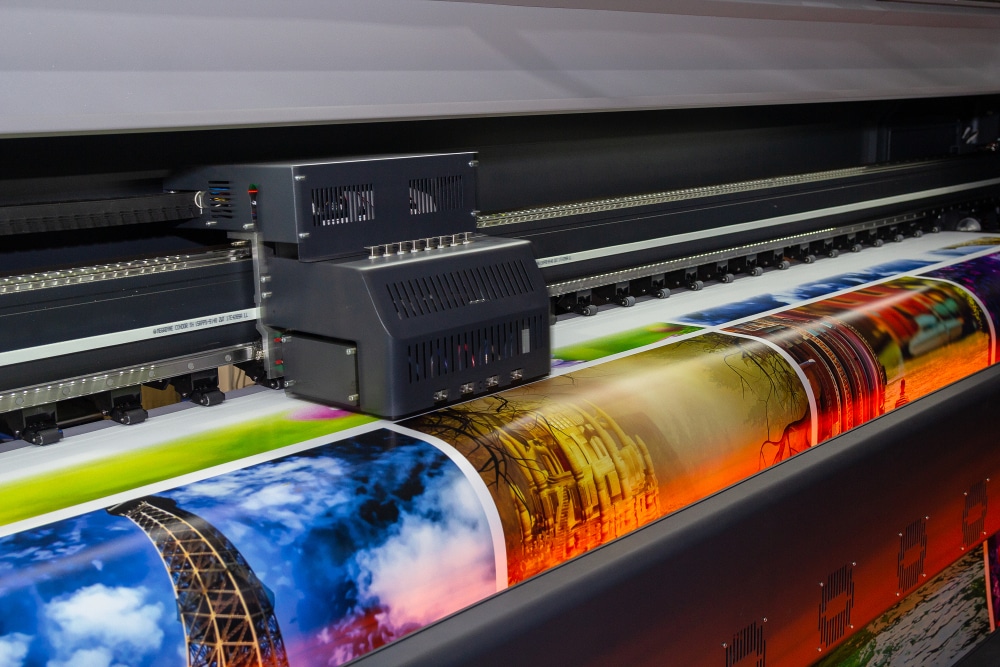In a world increasingly dominated by digital media, the allure of print remains as strong as ever, with designers continuously pushing the boundaries of traditional print techniques to create captivating and immersive experiences. From experimental typography to interactive print installations, the realm of print design is undergoing a renaissance, driven by a spirit of innovation and creativity. In this article, we explore some of the most exciting print techniques that are shaping the future of design and redefining the possibilities of printed material.
- Augmented Reality (AR) Integration: Augmented reality has emerged as a powerful tool for bridging the gap between the physical and digital worlds, and print designers are harnessing its potential to create interactive and dynamic experiences. By incorporating AR elements into printed material, designers can unlock new layers of content, allowing users to access additional information, videos, or animations by scanning the printed piece with a smartphone or tablet. This seamless integration of print and digital opens up endless possibilities for storytelling and engagement, blurring the lines between static and dynamic media.
- 3D Printing: While 3D printing is often associated with manufacturing and prototyping, its applications in print design are becoming increasingly prevalent. Designers are experimenting with 3D printing techniques to create intricate textures, shapes, and structures that add depth and dimension to printed material. Whether producing custom packaging, tactile illustrations, or sculptural elements, 3D printing offers a new realm of creative possibilities for designers to explore, pushing the boundaries of traditional print media.
- Interactive Print Installations: Print installations are immersive experiences that bring print design to life in physical spaces, engaging viewers in unexpected and memorable ways. These interactive installations often combine elements of sculpture, technology, and storytelling to create multi-sensory environments that captivate and inspire. From pop-up books with hidden surprises to large-scale installations with interactive projections, designers are reimagining the role of print in public spaces, fostering meaningful connections between people and their surroundings.
- Laser Cutting and Etching: Laser cutting and etching technologies offer precision and versatility in print design, allowing designers to create intricate patterns, textures, and embellishments with ease. From intricately cut paper sculptures to laser-etched illustrations on various materials, such as wood or acrylic, these techniques add a tactile and visually striking dimension to printed material. Laser cutting and etching empower designers to experiment with new forms of expression, blurring the boundaries between traditional crafts and modern technology.
- Sustainable Printing Practices: As environmental concerns continue to shape consumer preferences, sustainability has become a central focus in print design. Designers are exploring eco-friendly printing techniques and materials, such as recycled paper, vegetable-based inks, and waterless printing processes, to minimize their environmental impact. By embracing sustainable practices, designers not only reduce waste and carbon emissions but also inspire positive change and promote awareness of environmental issues through their work.
In conclusion, the future of print design is defined by innovation, creativity, and a willingness to push the boundaries of traditional techniques. By embracing emerging technologies, experimenting with new materials, and prioritizing sustainability, designers are shaping a future where print continues to captivate and inspire audiences in exciting and unexpected ways. As we continue to explore the possibilities of print, one thing remains certain: the power of creativity knows no bounds, and the future of print design is limited only by our imagination


